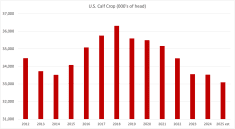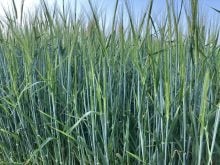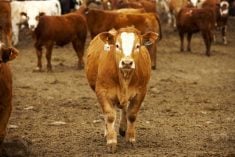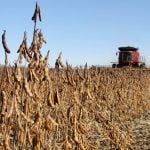It is that time of year where I receive many inquiries in regards to fed and feeder cattle prices for the fall and winter period. We all know that beef supplies will experience a year-over-year decline during the third and fourth quarters of 2014 and therefore the true focus will be on the demand equation. Consumer income levels are the largest factor influencing beef demand which will determine wholesale beef values and the structure of the fed cattle market. Feedlots can determine the value for feeder cattle by looking at the expected fed cattle prices at the time of slaughter because input costs are known or can be locked in. Therefore, both feedlot operators and cow-calf producers need to look at the economic situation and how income levels will change for the average consumer when projecting the price outlook.
Read Also
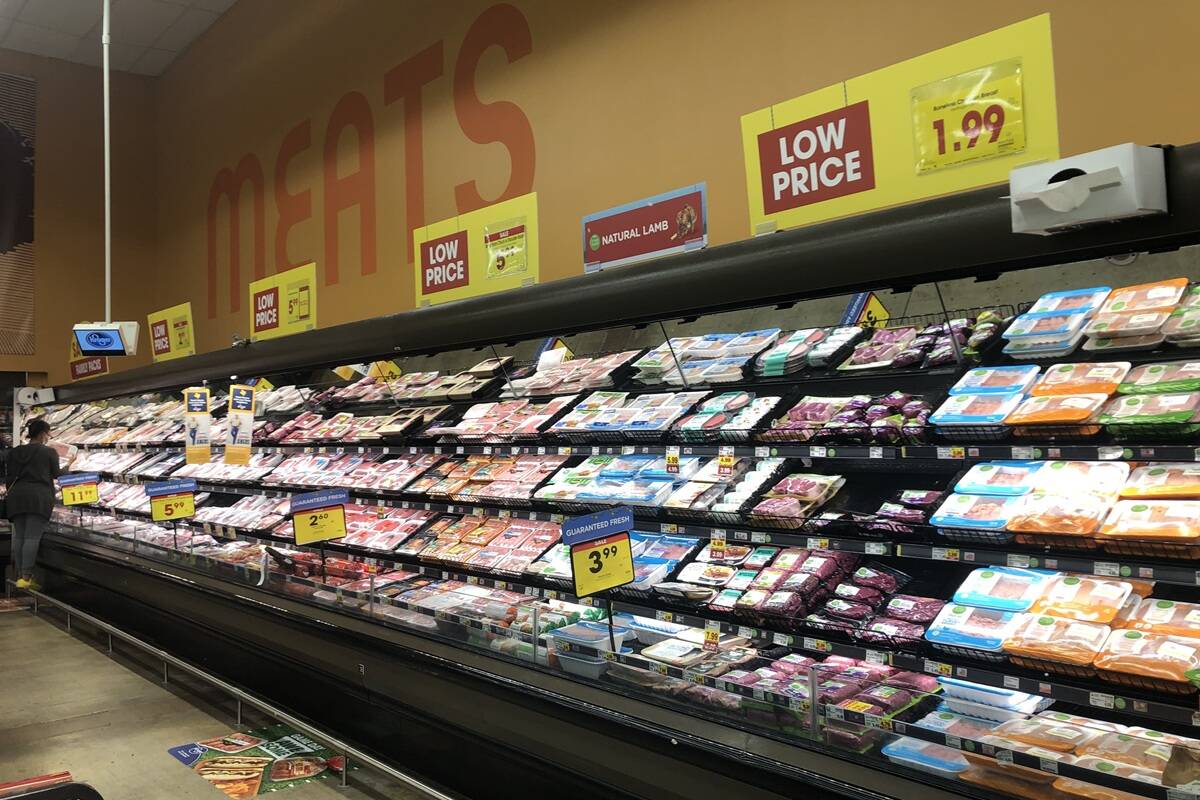
U.S beef industry faces demand risks and disease dangers
High beef prices and New World screwworm threaten beef demand and cattle health in the U.S.
Since the U.S. is the largest market for Canadian beef and live cattle, I want to discuss the U.S. economy and how disposable income levels could strengthen over the next six- to eight-month period. Alberta fed cattle prices have been hovering in the range of $148/cwt to $152/cwt throughout the spring and feeder cattle are now priced so that feeding margins are rather snug for the fall period. If we don’t see a significant change in disposable income, it will be hard to justify higher prices, even if supplies are contracting.
The U.S. unemployment rate has been improving since the recession. During May of 2013, the unemployment rate was 7.5 per cent and during May of 2014, the rate was 6.3 per cent. The number of unemployed persons has dropped by nearly two million people over the past year. This is fairly significant because people tend to improve their diets once their income increases. The long-term unemployment rate is 5.83 per cent so it is important to realize that the economy is nearing this level which could cause job growth to slow down. It is possible to drop below 5.8 per cent but if this occurs, I would expect employment rates to come back to the long-term average and would suggest beef prices are vulnerable to a correction.
Another factor I like to focus on is consumer confidence. This provides a good idea how consumers feel about their current economic situation and earning potential. Consumer confidence has been in the range of 80 to 84 since the beginning of 2014. A reading of 90 reflects that the economy is functioning on all cylinders for potential growth so the overall consumer sentiment is slightly below this target. Seasonally, there is a dip in consumer confidence during the early-winter period which may result in a slight slowdown in consumer spending; however, the trend remains positive moving forward into the fall of 2014.
Over the past four years, American consumers have spent more on food products. Year-to-date at-home spending has been running at 2.1 per cent above last year while away-from-home food spending is down 1.3 per cent compared to last year. Away-from-home food spending has been positive each month except for March when it was down 8.4 per cent in comparison to March of 2013. This has brought down the year-to-date number. Looking forward, I’m expecting both at-home and away-from-home food spending to finish 2014 up approximately two per cent in comparison to 2013.
U.S. disposable income is very important for beef demand, especially for the higher-end cuts. The chart below shows disposable income over the past year and you can see how disposable income generally stagnates during the fall period. There is potential for this pattern to occur again because after a period of growth, there is usually a period of consolidation in the economy.
In conclusion, consumer income is the largest factor driving beef demand. Unemployment is expected to slowly improve but nearing the long-term potential. Consumer confidence and disposable income will likely consolidate during the fall period after a period of steady improvement and growth. Therefore, beef demand will have limited upside from current levels during the fall period. It is important to realize that the function of the market is to ration demand given the lower supplies available. The market needs to move to high enough levels so that consumption slows down. The beef and cattle markets appear to be nearing that price level.
This article first appeared in the July 2014 issue of Canadian Cattlemen.
Gerald Klassen analyzes markets in Winnipeg and also maintains an interest in the family feedlot in southern Alberta. He can be reached at [email protected].





